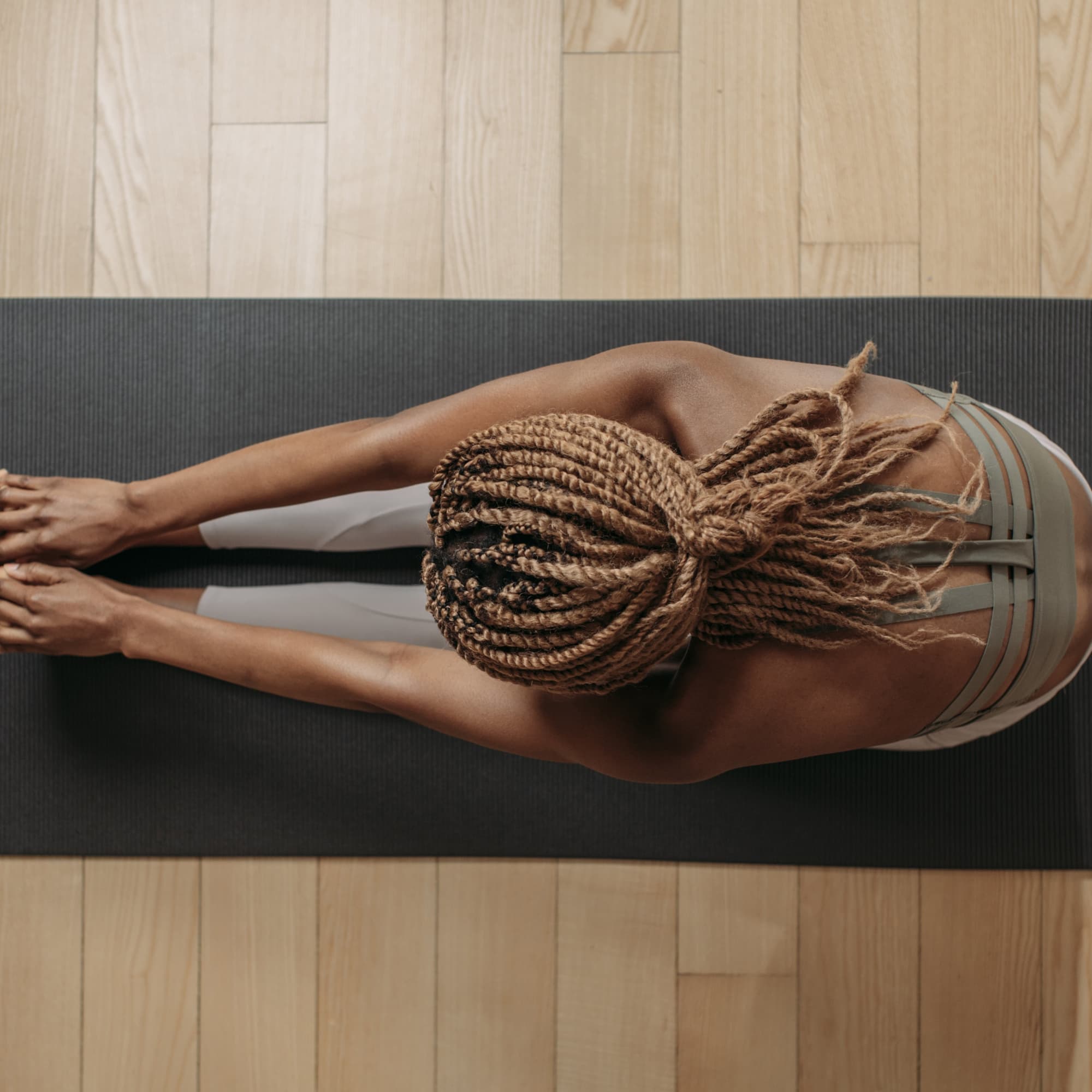
- POPSUGAR Australia
- Fitness
- 3 Pilates Pro Tips That’ll Keep You Injury-Free at Home
3 Pilates Pro Tips That’ll Keep You Injury-Free at Home

Working and working out from home led me to Pilates because it’s easy to do with minimal space and props. Plus, it encourages full-body strengthening, lengthening, and toning – especially throughout the core – which helps combat the poor-posture pains I feel from my ergonomically incorrect couch office.
With weeks of virtual Pilates sessions under my belt, I can genuinely say my body is better for it – but, I still have plenty of room for growth mentally and physically.
My first step toward surpassing my newbie status was connecting with Andrea Rogers, the founder of Xtend Barre and Xtend Pilates, available on Openfit, for some tips on preventing Pilates’ injuries. May they serve as helpful reminders for you, too.
Related: If You’re Craving a Full-Body Toning Workout, These Pilates Classes Are 100% Free Right Now
Keep Reps Low and Controlled
Focusing on controlling the movement you’re doing will help maximize your sculpting results, Rogers says.
“Performing these moves at too fast a pace or doing too many repetitions can hinder your workout by compromising your form. We encourage controlled and properly aligned movement to get the most out of your workout,” she adds.
Embrace Lighter Weights
Just because you’re aiming for lower rep counts doesn’t mean you should up your weight.
Rogers encourages you to do the opposite actually – focus on small, controlled movements with low weight or no hand weight at all.
This combination helps create long, lean muscles.
Find Your True Challenge Zone
It’s great to challenge yourself, but Rogers doesn’t want you to push beyond that zone or your ideal range of motion – proper alignment and placement during each move is going to help keep you safe from injuries.
She uses the popular Pilates move “the hundred” as an example: “If your legs are too low to the floor, you might be losing your navel-to-spine connection, which in turn strains your hip flexor and does not keep your abdominals fully engaged.”
Click here for more health and wellness stories, tips, and news.

